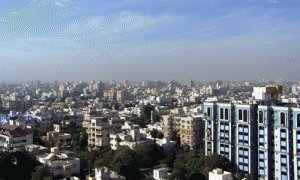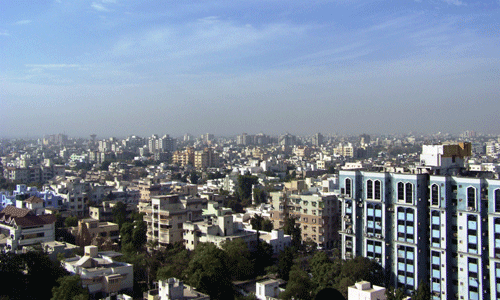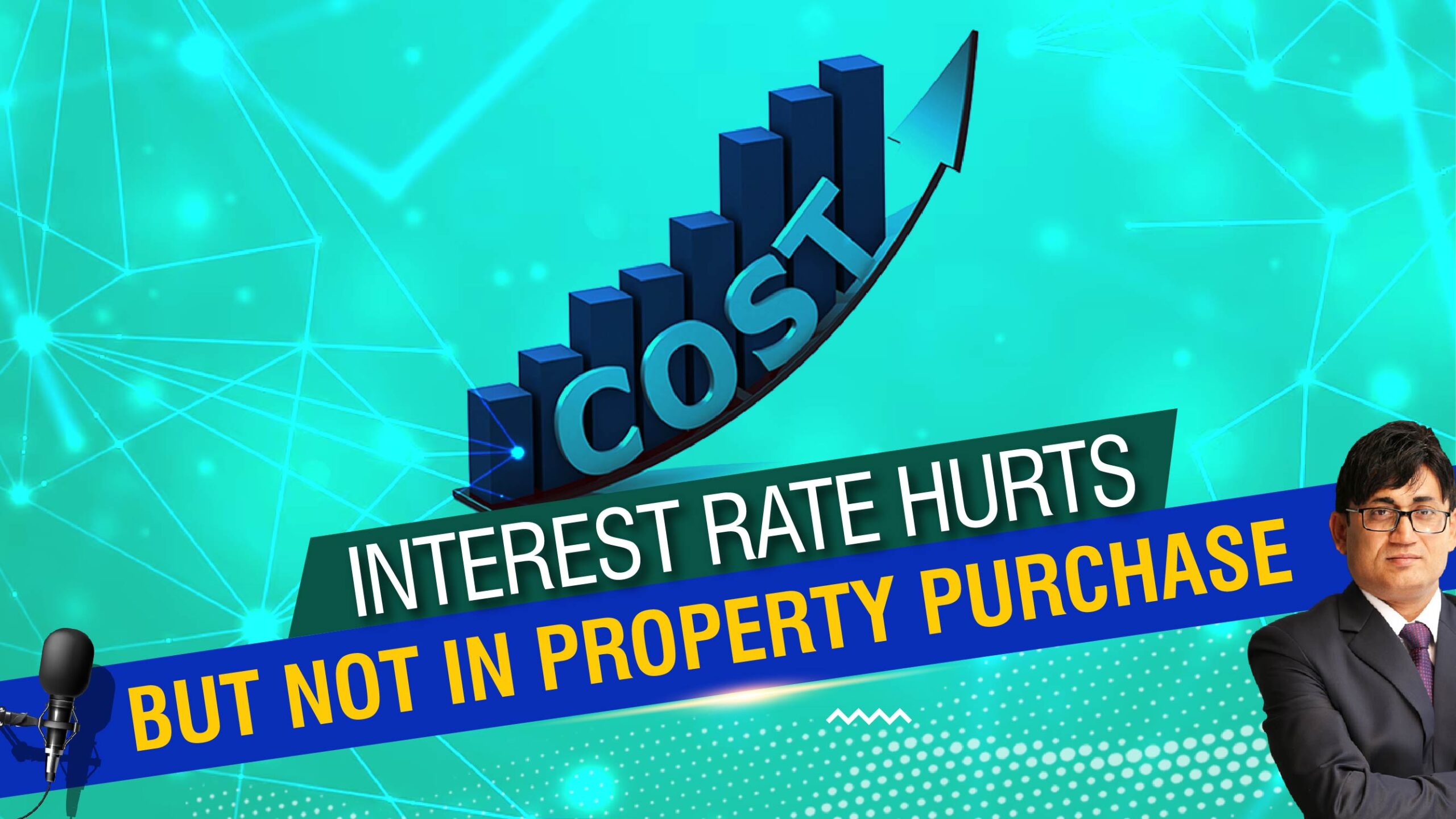By: Manu Sharma
Track2Realty Exclusive
 Real estate developers and consultants agree that there is fortune at the bottom of the pyramid. But absence of policy guidelines and hassle free implementation is what comes in the way of ensuring reality of a slum free realty, finds Track2Realty.
Real estate developers and consultants agree that there is fortune at the bottom of the pyramid. But absence of policy guidelines and hassle free implementation is what comes in the way of ensuring reality of a slum free realty, finds Track2Realty.
The McKinsey Global Institute estimates that by 2030, India’s need for affordable urban housing could jump by 50 percent to a staggering 38 million households. Yet India’s main urban housing plan totals less than $2 billion a year, about one-eighth what it spent on the 2010 Commonwealth sports games, and vague promises that all slums will be gone in five years.
But the reality is that the galloping economy at 9 percent a year is flocking villagers to cities for work and the slums are growing ever larger. India has about 93 million slum dwellers today, up from 52 million in 2001 and more than the combined population of France and Australia. As much as 50 percent of New Delhi is thought to live in slums, and 60 percent of Mumbai.
Everybody wants a slum free city, at least they claim to see India slum free. Prime Minister Manmohan Singh in his Independence Day speech said the Government’s endeavour is to make the country slum-free through the Rajiv Awas Yojana (RAY) scheme and empowering slum dwellers with house ownership.
The Cabinet Committee on Economic Affairs approved the launch of Phase I of RAY in June to provide financial assistance to states willing to assign property rights to slum dwellers, for the provision of shelter and basic civic and social services for slum redevelopment and for the creation of affordable housing stock.
However, the vast urban tracts of land that is shelter to slums across the country have thus far not been converted into a lucrative business. According to an estimate by the Housing and Urban Poverty Alleviation Ministry, about 93.06 million people will live in slums in the cities by next year.
Even though there are successful case studies on slum redevelopment in cities like Mumbai and Pune, such experiments are few and far between. What stops a real estate developer to get into slum redevelopment? Is there no business or their iconic brand status comes in the way of getting at bottom of the pyramid?
..…to be continued





